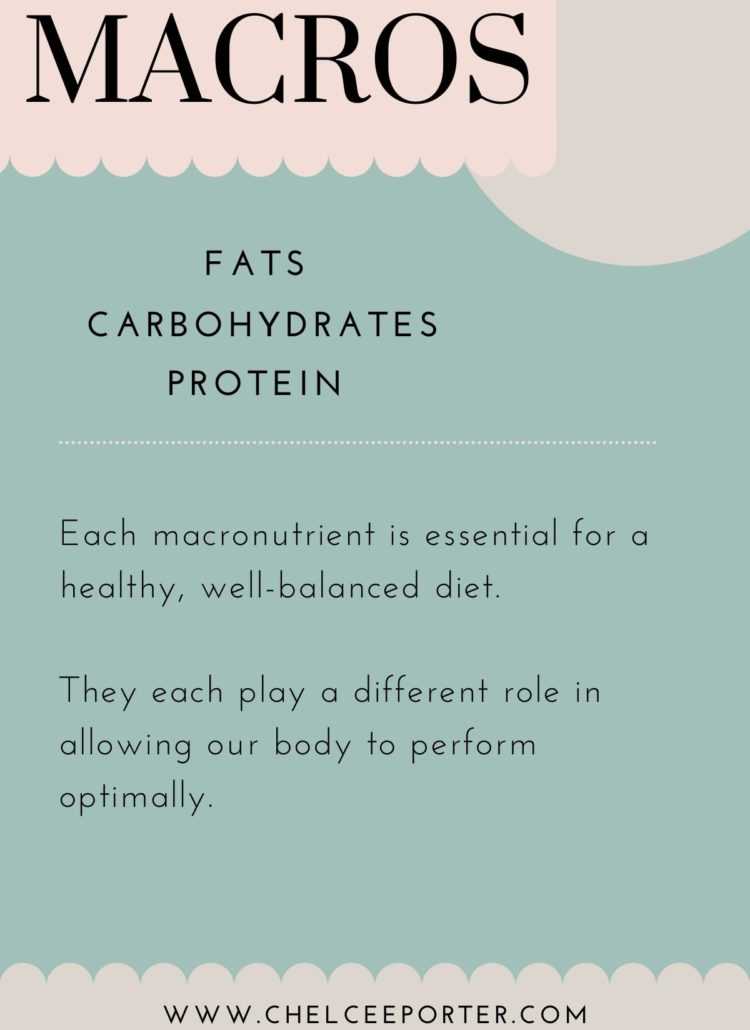One of the most important tools you can use when looking for healthier options is reading the nutrition label. It contains everything you need to know about what the product contains nutrient-wise but also the ingredients it is made out of. Reading the nutrition label can be confusing but it doesn’t have to be! Let’s break it down so you know how to properly read a nutrition label.
Serving Size
One of the most missed sections when reading a nutrition label is the servings section. This section tells you how many servings a package has and what is considered a “serving” size. At a quick glance, something might look like it is low-calorie but there could be multiple servings in the package.
So what do you do if there is more than one serving in a package? You multiply each section by the number of servings to get the total amount in the package. For example, if a bag of chips says that there are 200 calories per serving with 4 servings in the bag, there are actually 800 calories total in the bag. (200 x 4 = 800) That makes a huge difference!
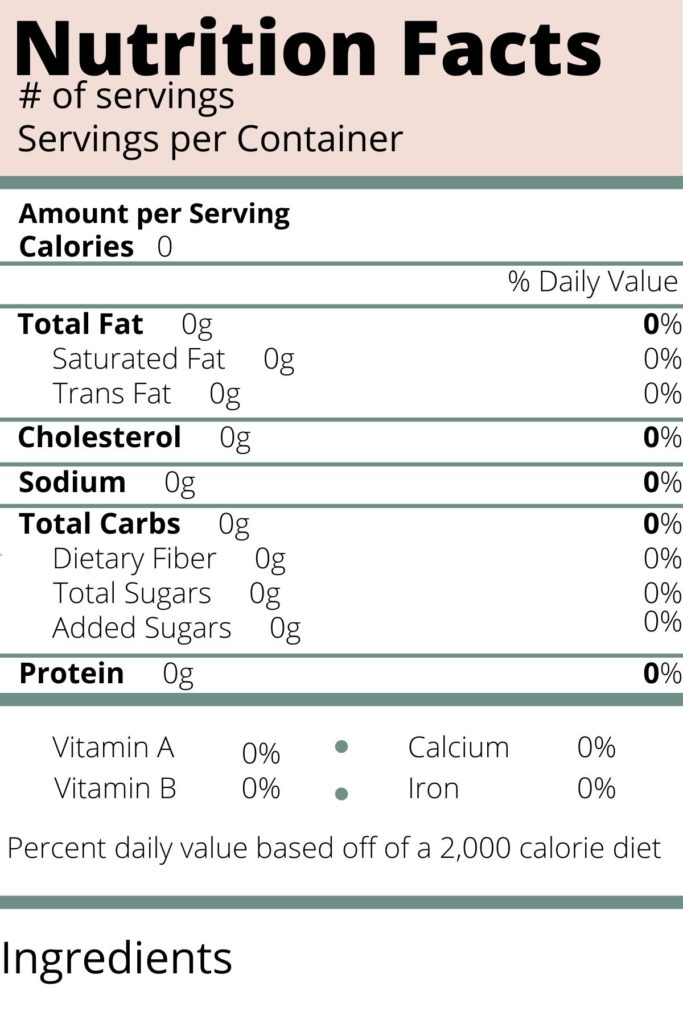
Quick tip: Look for serving sizes on individual or snack size items because most of the time there is more than one serving.
Calories
The next section shows you how many calories are in each serving. Sometimes it will say how many “calories from fat” there are but I left that off for simplicity. Most people go straight for the calories when they look at a label but I am here to tell you that first, food is more than just the number of calories it contains and second, the label has more valuable information than just calories. I could write a whole blog post on this topic because I am so passionate about it so I will keep it short here!
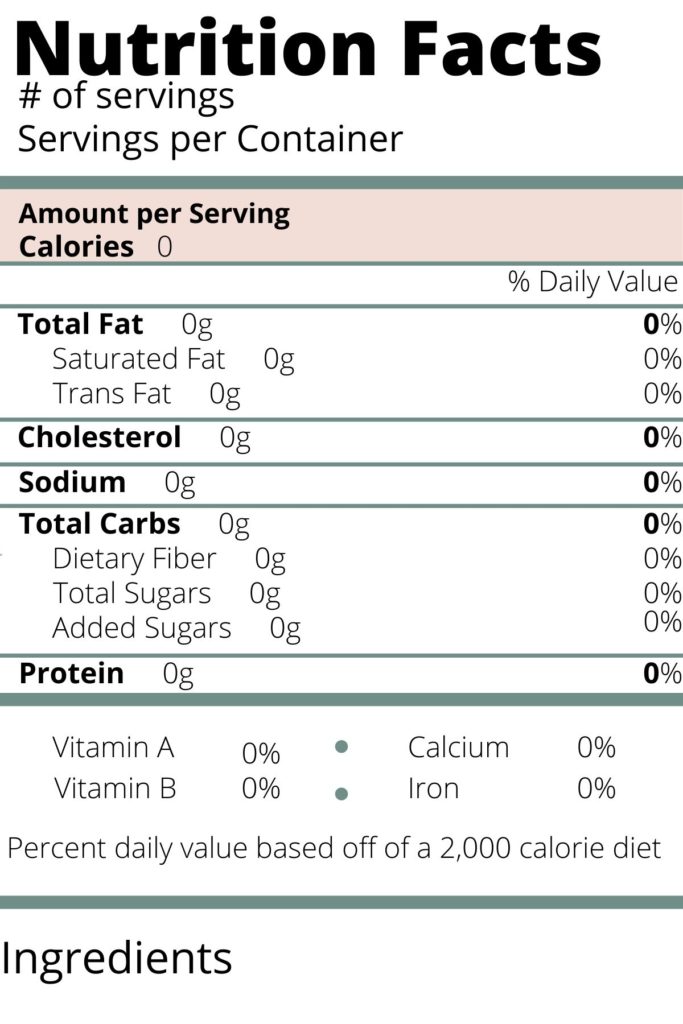
Quick Tip: Look at more than calories on a label. Food is meant to nourish our bodies not just be a number!
Macronutrients
The major section of the nutritional label is the macronutrient section. This is where you will find information about the fats, carbs, and protein. It also contains information on cholesterol and sodium. This section is broken up into how many grams each serving contains and the percent daily value for each nutrient. Keep in mind that the percent daily value is calculated based on a 2000 calorie diet. This is harder to apply if you eat more/less than this but can help give you an idea. Fats are usually broken down so you can see how many trans and saturated fats are included. Carbohydrates are broken down into dietary fiber, total sugars, and added sugars. If you want me to go into detail about different types of fats, carbs, and proteins let me know in the comments below!
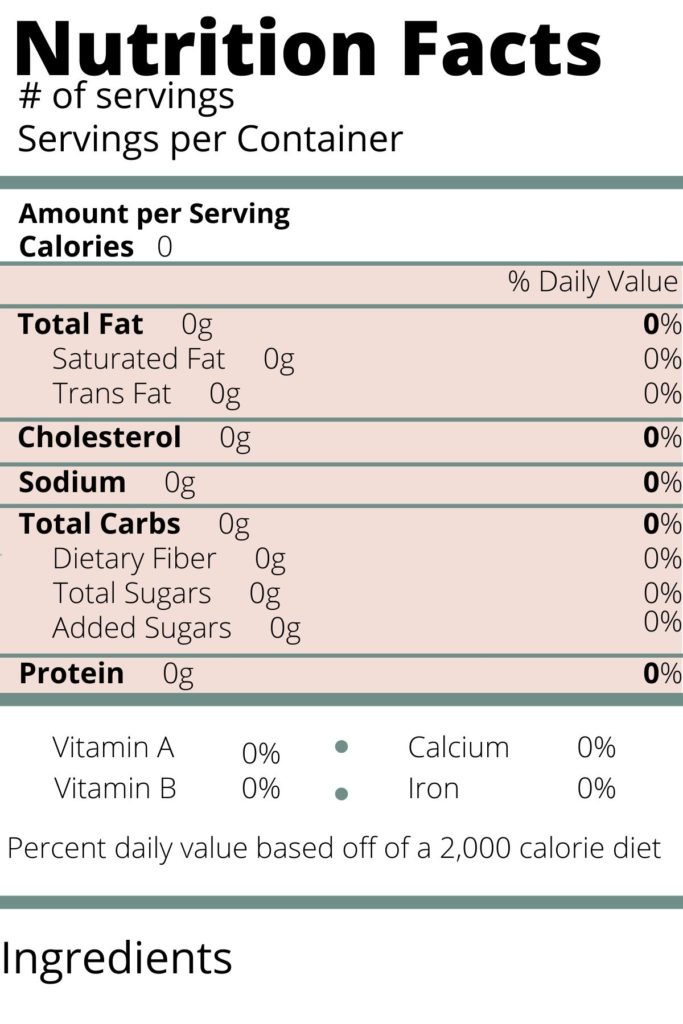
Quick Tip: Looking at the breakdown of the type of macro included in the total amount can give you a better idea of the quality of that macro.
Micronutrients
Below the macronutrient section, you can usually find some information about micronutrients. Micronutrients include vitamins and minerals such as calcium, vitamin C and iron. Since they are “micro” nutrients and found in small amounts it is usually presented as percent daily value. Not all labels have this information and I don’t typically worry about this section as much because I try to incorporate different types of food in my diet each day. I would focus on macronutrients to give you an overall picture of the food composition.
INGREDIENTS
My favorite section of the entire nutrition label is the ingredients!! This is where you find out exactly what the product is made of. The ingredients are listed out starting with the ingredient in the highest quantity to the least. Say you are looking at a granola bar. You would expect the granola or ingredients to make granola like oats would be first but if you look and the first ingredient is sugar, that means they have added so much sugar to it that the bar is mostly made of added sugar and not the granola itself!
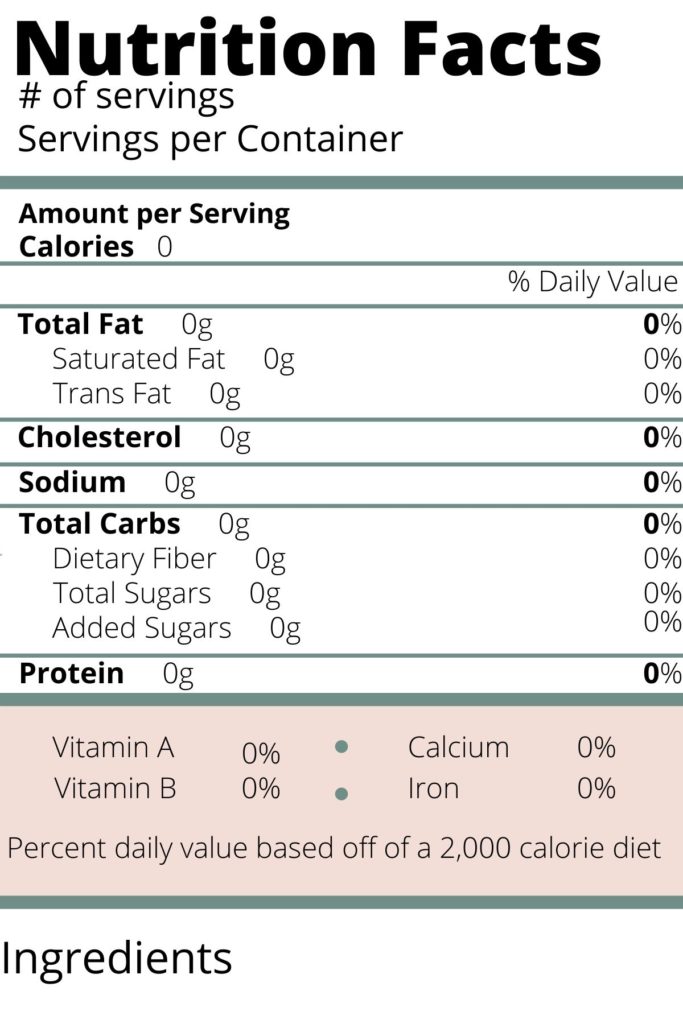
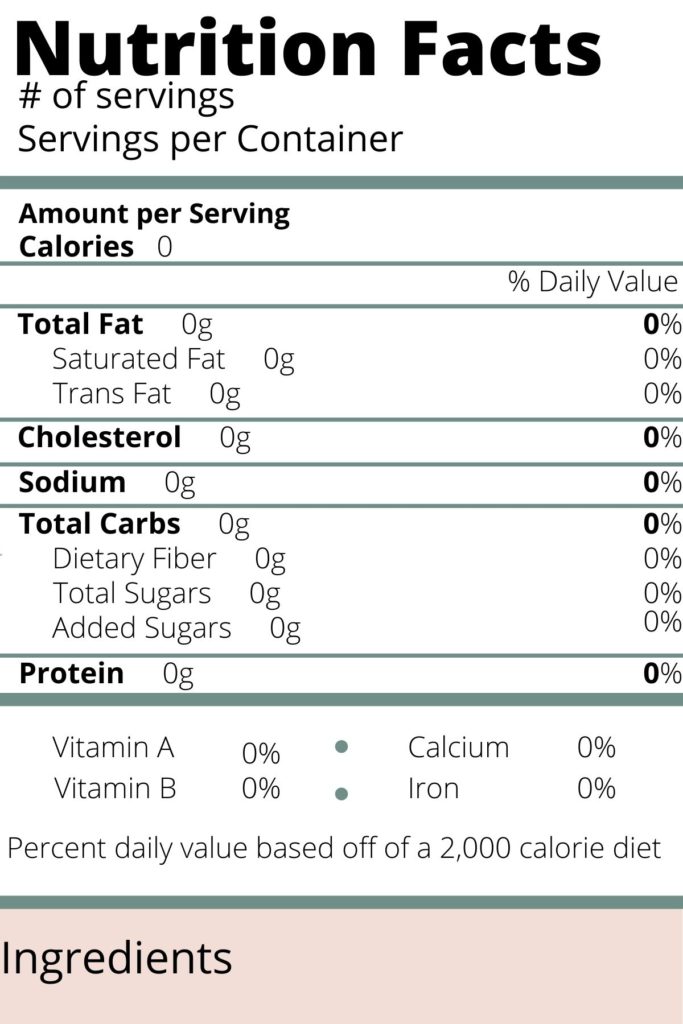
Quick tip: The ingredients are listed from largest quantity to the least. If sugar is the first ingredient, it probably isn’t the best choice!
Whew! That was a lot of information to get through but I hope you have a little more confidence knowing how to read a nutrition label. Let me know in the comments below what you want to know more about when looking at a nutrition label.

